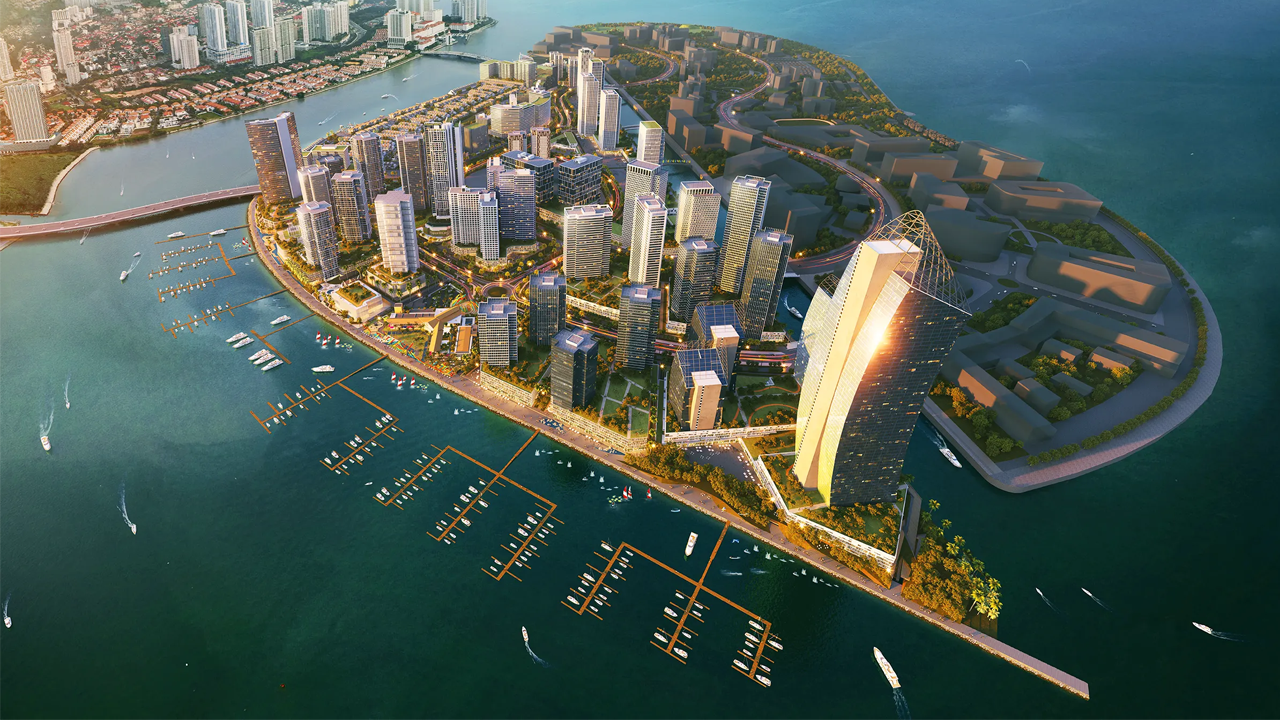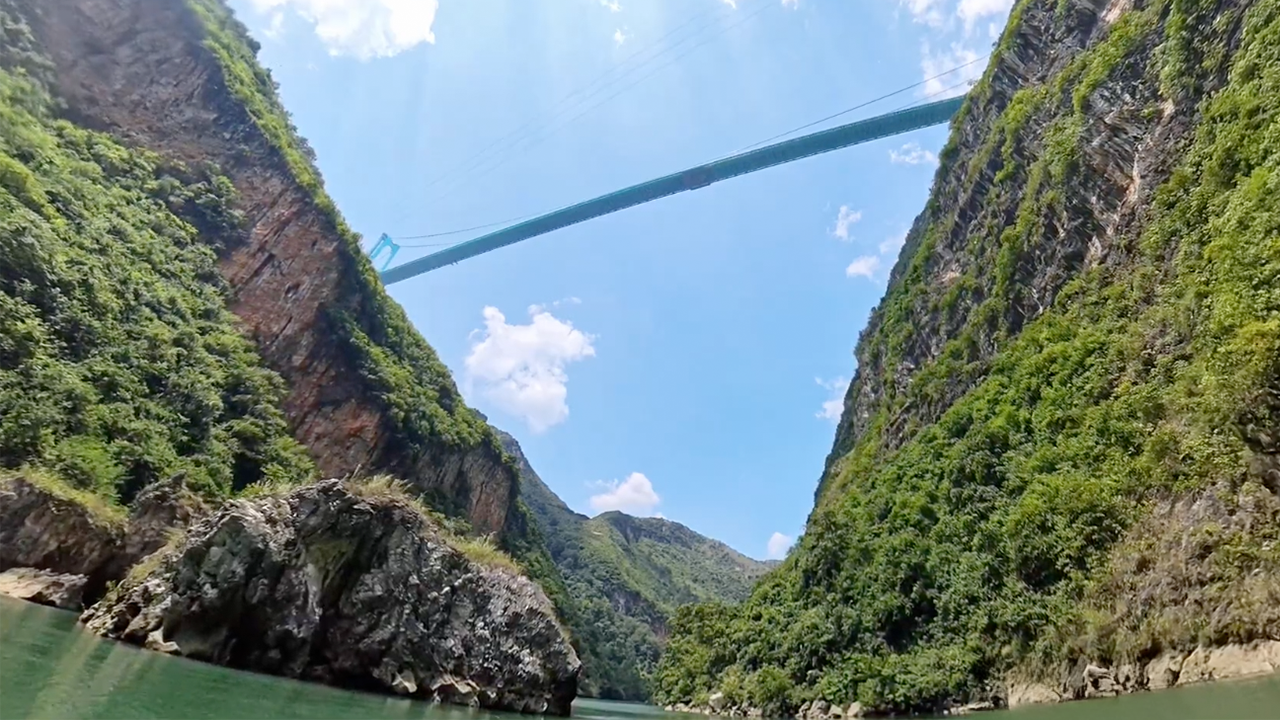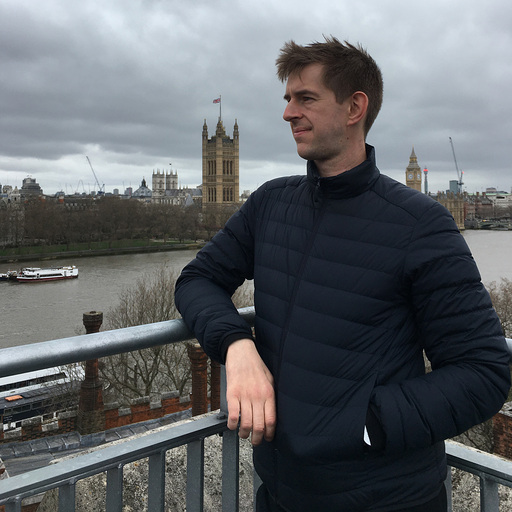The Murky Story of LA's Water
- Youtube Views 0 VIDEO VIEWS
Video hosted and narrated by Fred Mills. This video contains paid promotion for Brilliant.
Between 1877 and 1908, Los Angeles went from being a small backwater, to a bustling city of nearly 300,000. A booming economy, new long distance rail links and an oil rush ushered in a wave of immigration that saw the city’s population quadruple in thirty years and it didn’t stop there.
By 1930 the city had added almost a million more people to its population. None of this would have been possible without one key element: water.
But, with its hot, Mediterranean-style climate that’s not something the City of Angels, naturally, has very much of. How the city solved that problem is a murky story of power, deceit and corruption that inspired a Hollywood classic.
But if you thought that was the end of the story, think again… As historical sources become increasingly unreliable, city authorities are embracing a radical plan to stop Los Angeles from running dry.
At the turn of the 20th century, with a soaring population, it looked like nothing could stop the fledgling city of Los Angeles. But one person knew that unless something was done quickly, the city was heading towards a devastating drought: water engineer and former mayor of LA, Frederick Eaton.

Above: Frederick Eaton
Eaton had a plan for a huge aqueduct that would draw water from the Owens river, 400 kilometres away, into the city and store it in an underground aquifer near LA in the San Fernando valley.
This would give LA more than enough water for it to become the powerhouse city he dreamed of, but there was a catch: the city of Los Angeles didn't own any of the land or water rights they needed to make the plan work and the budding farming community in the Owens Valley wasn’t about to give it up without a fight.
What came next was a plan so devious it would go down in history as the California Water Wars. Around 1900 The Bureau of Land Reclamation was developing an irrigation system to help farmers in the Owens valley, but Eaton had hired a spy inside the bureau who gave him access to its plans.
Using this information, Eaton stayed one step ahead of the Bureau and bought up land in the Owens Valley under the guise of wanting to start his own farm. In reality he was secretly handing over the water rights for his land to the city of Los Angeles.
In 1905 Eaton had captured enough of the water supply in the Owens Valley for his plan to work and publicly announced his plans to build an aqueduct, but he was far from finished.
Eaton wanted to use this, the San Fernando valley as an aquifer to store the water coming from the aqueduct, but to do this, the valley would need to become part of Los Angeles, which would require a referendum.
Eaton tipped off members of the city’s elite such as the publisher of the Los Angeles Times, Harrison Gray Otis, about the prime real estate that would be created by directing the aquifer to the valley. Otis bought up land on the cheap and began championing the referendum in the press and warning of droughts and water shortages should it fail. It’s even alleged Eaton dumped water from the city’s reservoirs into the ocean to simulate drought.

Above: Thousands turned up to witness the opening off the Los Angeles Aqueduct. Courtesy of Library of Congress.
The ploy worked and Los Angeles annexed the San Fernando valley. In 1913 over 30,000 people turned up to watch the first water flow from the Los Angeles aqueduct into the San Fernando valley.
Los Angeles was on course to become the huge metropolis it is today and the budding farming community in the Owens Valley dried up for good. It was a masterclass of deception and crooked politics and served as the inspiration for the 1974 film Chinatown.
While that might sound like ancient history, water continues to shape the city to this day. Los Angeles’ water supply has since diversified. But the vast majority of the city’s infrastructure relies on the same principle: Water gets pumped from outside the city, while any that falls in the city is flushed out as soon as possible. But that strategy is under threat.
The Owens river and other tributaries of the LA water system rely heavily on melting snow from the of the Eastern Sierra Mountains and that resource is becoming increasingly scarce. For the LA Aqueduct, this is part of a long term trend. While it still makes up a significant portion of LA’s water, the volume it provides has been in decline for the last 30 years.

Above: The Los Angeles Aqueduct.
But while the amount of snow falling in the mountains is decreasing, the amount of rain falling in the city is increasing. This should be the worst of both worlds for Los Angeles, but a new strategy is helping turn a problem into a solution. It’s becoming a sponge city.
The concept is fairly simple, integrate as much nature into the city as possible to collect rainwater and store it underground where it can soak into the city's aquifer and provide drinking water. Back in 2015 the Los Angeles Mayor released a sustainable city plan, which aimed to clean up existing aquifers and increase the amount of locally sourced water the city uses by 50 percent.
That has sparked projects across the city both big and small. In the same year LA Sanitation & Environment unveiled its first Green Alley project, which replaced this concrete storm runoff with a permeable paving system which filters rainwater and transfers it to the city’s aquifer.
It may seem small, but this one intervention is capable of storing 750,000 gallons of stormwater in a typical rainy season.
Similar developments have sprung up across the city next to roads and pavements, but large scale interventions are taking place as well. In 2022 the Los Angeles Department of Water and Power and the Los Angeles County Flood Control District completed a project to refurbish these, the Tujunga Spreading grounds in the north of the city.

Above: The Tujunga Spreading Grounds have recently been refurbished.
This USD $50 million project doubled the capacity of the 150-acre site, allowing it to collect 4 billion gallons of water in an average year. But perhaps the most emblematic change is the ambitious plan to redevelop the LA river back into… well, a river.
But is all of this actually working? Well last February Los Angeles witnessed over half a years worth of rainfall in just three days. The improved sponge infrastructure, along with existing reservoirs meant the city was able to capture 8.6 billion gallons of stormwater. That’s enough for over 100,000 households' yearly supply of water.
Of course, all this is only a start. With California’s climate continuing to change it’s clear Los Angeles will need to rely more heavily on captured rainwater in future and the story of how LA is shaped by water will continue for some time yet.
This video contains paid promotion for Brilliant. To try everything Brilliant has to offer for free for a full 30 days, visit brilliant.org/TheB1M or click on the link in the description. You’ll also get 20% off an annual premium subscription.
Video narrated by Fred Mills. Additional footage and images
courtesy of Paramount Pictures, Library of Congress, Frank Seltzer Productions, Window Productions, RKO Radio Pictures, Mercury Productions, Universal, ABC7, Fox 11, LA This Week.
We welcome you sharing our content to inspire others, but please be nice and play by our rules.








